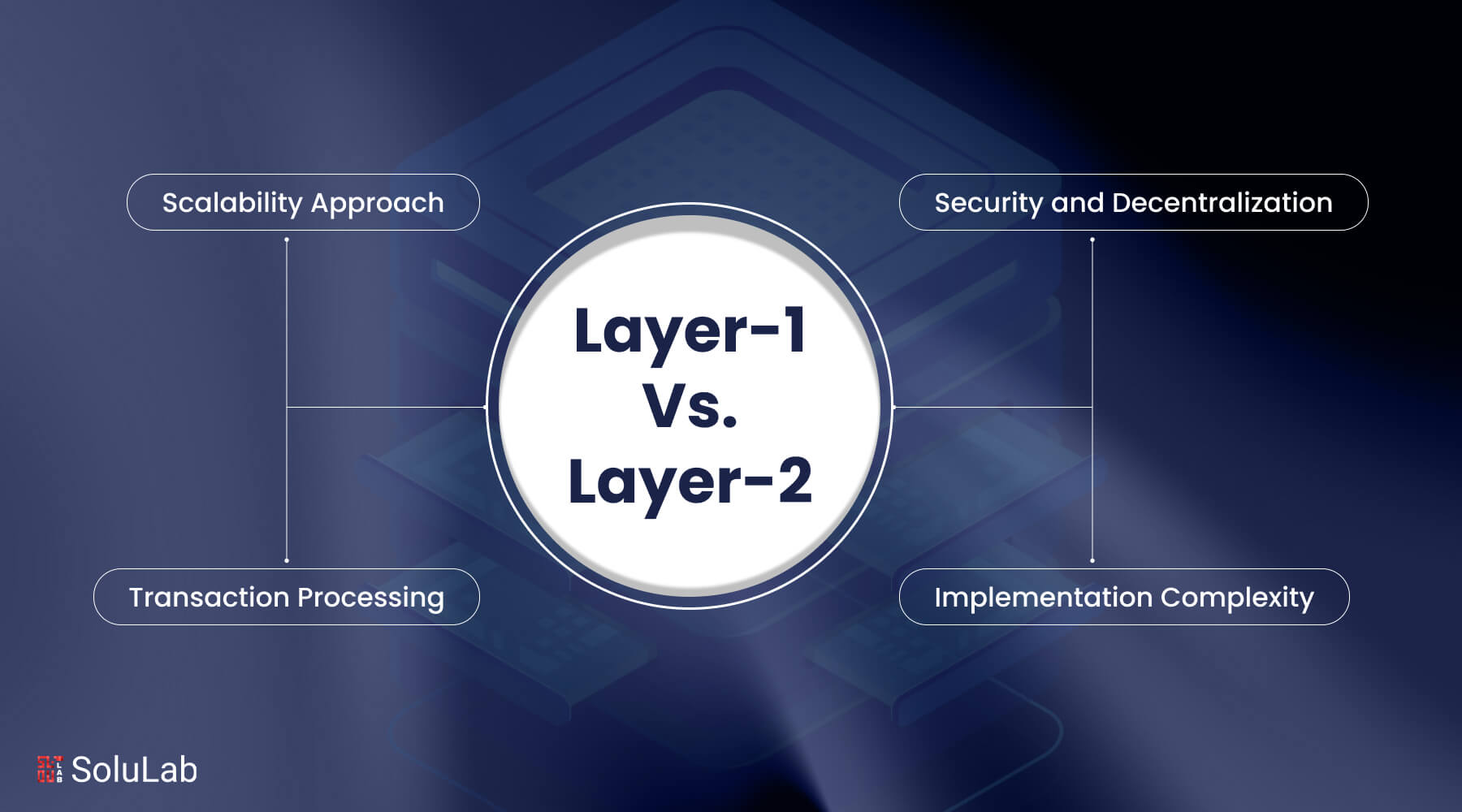
Blockchain layer 2 architectures maintain security guarantees inherited from underlying base layers while improving transaction speed. Blockchain systems lack significant performance advantages over centralized alternatives due to fundamental limitations in base layer design. The advanced technology driving wif coin shows how far blockchain scalability has come turning complex research into smooth, practical systems for modern users.
Rollup technology foundations
Rollup mechanisms process transactions off the main chain while periodically publishing compressed transaction data and cryptographic proofs to base layers for security verification. This approach allows thousands of transactions to be bundled into single base layer submissions, dramatically reducing costs while preserving security properties. A positive rollup assumes transaction validity by default, challenging fraudulent submissions during dispute periods via fraud-proof mechanisms. Cryptographic proofs are used in zero-knowledge rollups to demonstrate transaction validity without disclosing underlying data, thus providing immediate finality without requiring any dispute resolution time.
State channel implementations
State channels enable participants to conduct unlimited transactions off-chain while only recording opening and closing states on base layers. Two parties can exchange thousands of transactions privately and instantly, settling final balances on-chain only when closing channels. This approach proves ideal for applications requiring frequent interactions between fixed participant sets, such as gaming platforms or payment networks. The lightning network for Bitcoin and similar implementations demonstrate state channel viability for specific use cases, though limitations around channel liquidity and routing complexity prevent universal adoption across all application types.
Plasma chain architectures
Plasma frameworks create hierarchical blockchain structures where child chains process transactions independently while periodically committing state roots to parent chains for security anchoring. Each plasma chain operates as an independent blockchain with its own consensus mechanisms and validator sets, periodically checkpointing to the Ethereum mainnet for dispute resolution capabilities:
- Child chains handle thousands of transactions per second without congesting parent chains
- Merkle tree structures enable efficient fraud-proof generation for disputed transactions
- Mass exit mechanisms protect users during malicious operator scenarios
- Hierarchical structures allow unlimited scaling through recursive plasma chain creation
Sidechains with bridge protocols
Sidechains operate as independent blockchains running parallel to main networks, connected through bridge contracts enabling asset transfers between chains. These sidechains employ their own consensus mechanisms optimised for speed rather than maximum decentralisation, trading some security guarantees for performance improvements. Bridge protocols manage token locking on main chains and corresponding minting on sidechains, with reverse processes enabling return transfers. The independence allows sidechains to implement experimental features or optimizations impractical on conservative main networks while maintaining interoperability through bridge infrastructure.
Data availability solutions
Ensuring transaction data remains accessible for verification without requiring every participant to store complete histories presents fundamental scaling challenges. Data availability layers employ erasure coding techniques, allowing network participants to verify data existence by downloading small random samples rather than complete datasets. This probabilistic verification enables massive storage requirement reductions while maintaining security guarantees sufficient for detecting data withholding attacks. Projects like Celestia focus specifically on data availability optimization, providing infrastructure that rollups and other scaling solutions leverage for improved performance.
Validium hybrid approaches
Validium systems combine zero-knowledge proof verification with off-chain data availability, achieving maximum throughput by eliminating data posting requirements to base layers entirely. Transaction validity gets verified through cryptographic proofs, while transaction data remains stored by off-chain data availability committees. Performance metrics are optimized with this approach, but trust assumptions about data availability are introduced that pure rollups avoid, creating tradeoffs between performance and security guarantees. Different technologies provide different tradeoff profiles between decentralization, security, and performance appropriate for different applications.
